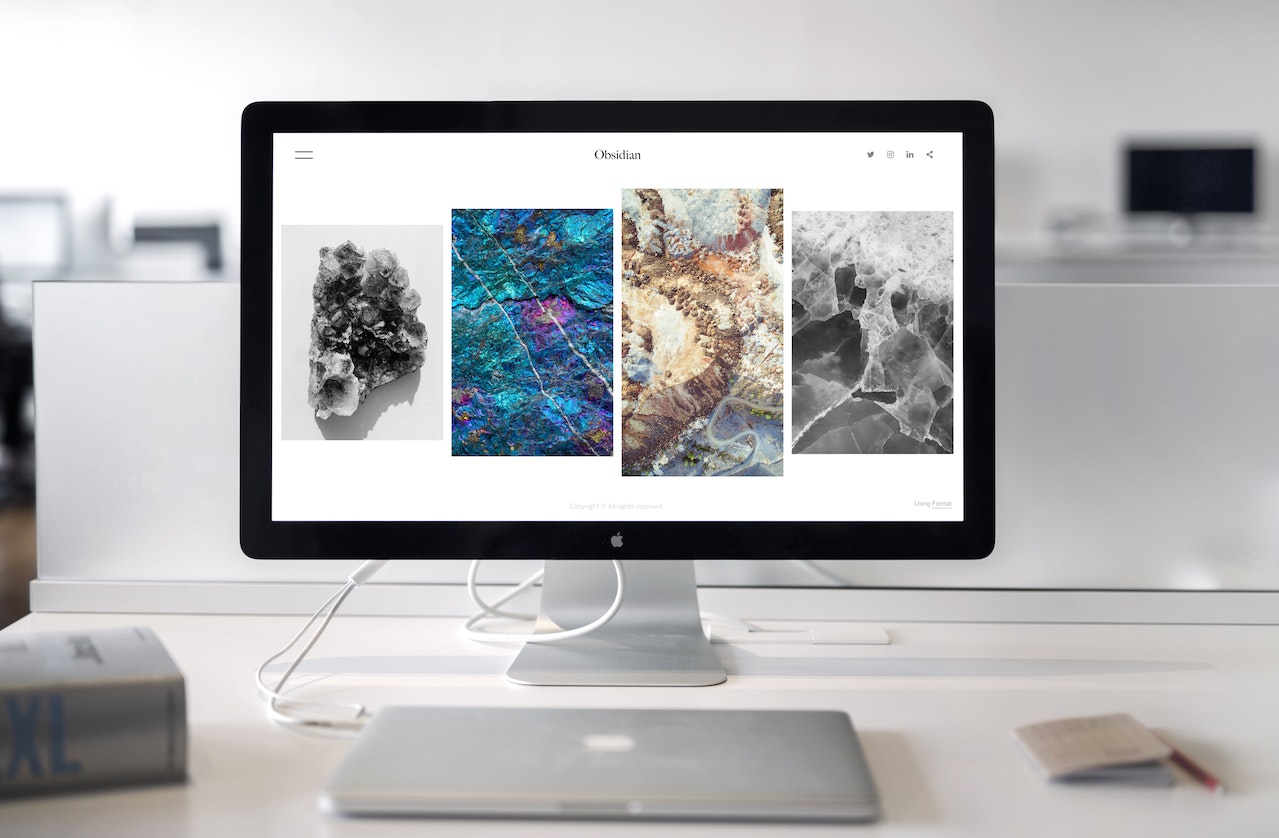Monitor calibration is one of the most important aspects of color management. By calibrating a display, users can ensure that the colors they are seeing onscreen match those colors used to produce the image in a file or online. Color accuracy is critical for any profession that uses color for its products or processes, such as photographers, graphic designers, publishers, and other industries. In order for colors to be consistent across multiple devices and digital media, monitor calibration is essential. This article will provide an overview of monitor calibration and how it is used to achieve color accuracy.
Essential Guide to Monitor Calibration: Achieving Accurate Color on Your Display
Monitor calibration is the foundation of color management, as it ensures that your display accurately reproduces the colors that you see on your screen. Without proper monitor calibration, the colors you see won’t be true to life and can be difficult to replicate in the real world. In addition, monitor calibration also corrects any flaws or inaccuracies in your display’s settings, making sure that any images you work with maintain the same level of quality and accuracy across different devices. Monitor calibration may seem like a daunting task, but with the right tools and equipment, it can be as simple as making a few adjustments and ensuring that your display is showing the colors you need.
Monitor Calibration: The Foundation of Color Management
Monitor calibration is a critical part of any digital workflow involving color. It is the process of adjusting the hardware of a computer monitor to the requirements of a specific color management system. After calibration, digital images and artwork gain accuracy, precision and consistency in the colors they display. Without proper calibration, colors displayed on a monitor can be inaccurate and inconsistent, leading to undesirable results and even wasted time when an image or artwork needs to be reworked.
Calibration involves adjusting the monitor’s white point, luminance, Gamma, and color profile. Using specialized hardware and software, these settings can be adjusted to match the specific requirements of a color management system, such as Adobe RGB or sRGB. The result is that colors on the monitor are true to life and match the colors created in a digital image or artwork.
Monitor calibration is the foundation of a successful color management system, as it is the first step in ensuring accuracy and consistency in the colors of digital images and artwork. Without proper calibration, it is impossible to achieve true color accuracy and precision.
The Benefits of Monitor Calibration and Color Management
Q: What is monitor calibration?
A: Monitor calibration is the process of adjusting the display settings of a monitor to create a more accurate depiction of colors. It involves setting color temperature, brightness, contrast, gamma, and other screen parameters to create a more accurate color impression.
Q: Why is monitor calibration important?
A: Monitor calibration is important because it ensures the colors you see on your screen are accurate and consistent. This is especially important when you’re working with digital images or video, as accuracy is essential for creating a professional-looking result.
Q: How can I calibrate my monitor?
A: There are several ways to calibrate your monitor, including using a hardware calibration tool such as a colorimeter, using software, or using a combination of both.
Understanding Monitor Calibration as the Foundation of Color Management
Monitor calibration is a critical part of color management. It is the process of adjusting the color of a monitor to meet specific standards set by the computer platform and other hardware components. Without proper calibration, it is impossible to accurately reproduce color on screen, which can result in images and videos that come out looking washed out or too dark. Furthermore, poor calibration can lead to inaccurate color representation when it comes to printing and other applications. To ensure the highest quality, most professional designers and photographers use specialized software and hardware to calibrate their monitors. This software is designed to measure the brightness, contrast, gamma, white point, and other parameters of the display. This helps to ensure the most accurate color representation possible, which is necessary for a variety of tasks such as photo editing, graphic design, and print production.
Monitor calibration is essential for proper color management. It is the foundation that allows for consistent color reproduction, accuracy, and consistency, which are essential for achieving the desired results in any given application. By properly calibrating a monitor, one is ensuring that they obtain consistent and accurate results each time they view their artwork or any other 3D graphics. Without this foundation, the color management process cannot be considered complete. In short, monitor calibration is a crucial step in the color management process, and one that should not be overlooked.
